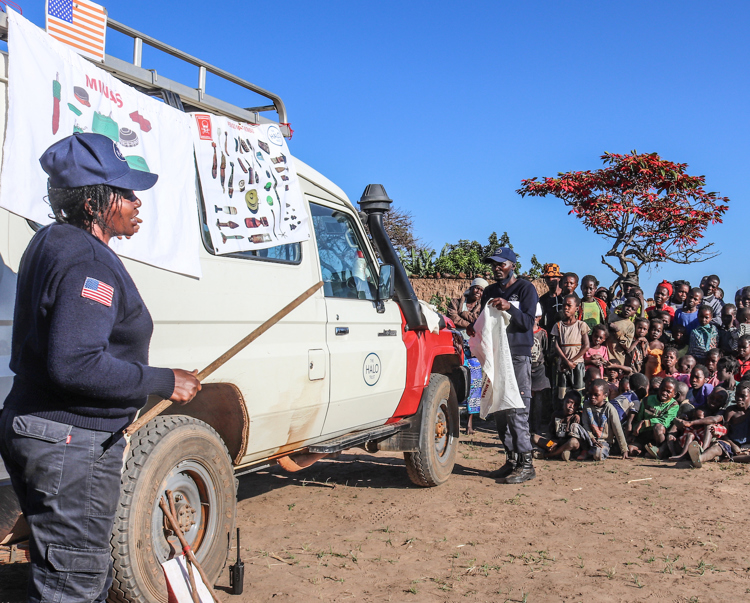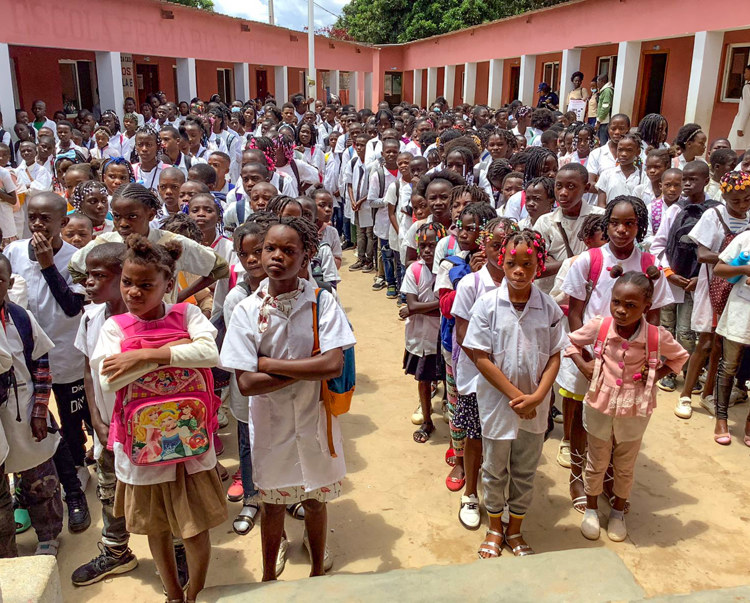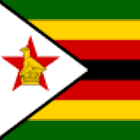For families who live surrounded by landmines and explosives, risk education is a matter of life and death.
Mohammed, a 12-year-old from Syria, lost 80% of his vision in an ammunition accident. His best friend Abdullah was killed. They had been collecting the metal from explosives to sell as scrap to earn money for food and toys.
The best way to prevent casualties is to clear the debris left behind after conflict, but it's painstaking work and it takes time. Teaching people how to stay safe until we can remove the explosives for good is vital to stop more children like Mohammed and Abdullah from getting hurt.
Our work
Children are at the highest risk because they are curious. An unexploded bomb can look like a tempting toy to an inquisitive child. We use a variety of tools to teach children about the dangers and give them easy ways to remember basic rules to stay safe.
In Colombia, our team devised cartoons and games featuring animated characters of Ana the deminer and her young son, Pablo.

Our impact
When families displaced by conflict return home, or civil unrest sparks more fighting, the risk of accidents increases.
Hayatulla’s village in Afghanistan was littered with landmines after fighting between Jihadi forces. HALO sent in a quick response team to teach families how to stay safe until the mines could be removed.
In 2024 alone, we educated more than a million people about how to live safely in mined areas. Almost 600,000 of these were children.
Success stories

Clearing the Lobito Corridor
With US funding HALO is clearing mines in Cuemba on the Lobito Corridor, one of the most mine-affected parts of Angola.

Teaching safety in Angola
In Angola, HALO has launched a risk education campaign in response to rising numbers of accidents caused by discarded bombs.
HALO safety clearance programmes:
Clear a landmine, save a life
Sign up and learn about HALO's work

















